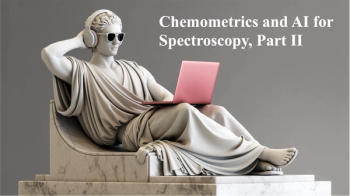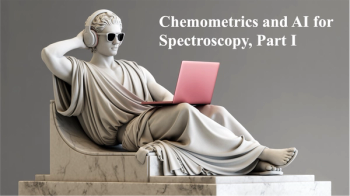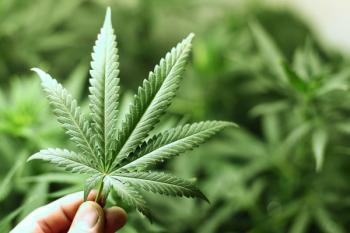
Spectroscopy Solutions for Honey Authentication
This compilation of articles shows how spectroscopy is being used to ensure honey authentication.
This video was created with the help of NotebookLM.
Over the course of the past year, numerous studies investigated a growing issue in the global economy: the adulteration of honey (1–3). Because honey is a popular commodity in the global marketplace, ensuring its quality is important not just from an economic perspective, but also a food integrity perspective.
Below, we highlight three main studies that used non-destructive spectroscopic methods to detect fraud in honey.
Researchers from the Malaviya National Institute of Technology (MNIT), Jaipur, have developed a rapid, non-destructive method to detect honey adulteration using near-infrared (NIR) spectroscopy and aquaphotomics, as reported in the Journal of Food Composition and Analysis. Led by Nitin Kumar, K.K. Gupta, and P.C. Panchariya, the team analyzed 160 honey samples and achieved 100% accuracy in identifying adulterated ones (1). By examining water’s spectral behavior, their method sensitively detects subtle chemical changes caused by added sugars (1).
A new tutorial article highlights near-infrared (NIR) spectroscopy as a fast, non-destructive tool for authenticating honey and assessing quality. Published in the Journal of Food Composition and Analysis, it outlines how NIR, paired with chemometric models like principal component analysis (PCA) and partial least squares regression (PLSR), can quantify sugars, moisture, and 5-hydroxymethylfurfural while detecting adulterants such as glucose or corn syrup (2). Offering real-time accuracy comparable to high-performance liquid chromatography (HPLC) and gas chromatography–mass spectrometry (GC–MS), NIR supports regulatory compliance and enhances food fraud prevention in honey analysis (2).
A team of researchers in Bangladesh developed a rapid, non-destructive method to detect honey adulteration using ultraviolet-visible-near-infrared (UV-vis-NIR) spectroscopy combined with machine learning (ML) (3). In the study, the team analyzed pure and adulterated honey, achieving up to 100% accuracy with random forest (RF) models. This approach eliminates the need for chemical tests, offering an eco-friendly, scalable solution for food authentication and potential application to other products like milk and fruit juice.
References
- Workman, Jr., J. Scientists Use Water and Light to Uncover Honey Adulteration. Spectroscopy. Available at:
https://www.spectroscopyonline.com/view/scientists-use-water-and-light-to-uncover-honey-adulteration (accessed 2025-11-3). - Workman, Jr., J. Near-Infrared Spectroscopy for Honey Authentication: A Practical Mini-Tutorial for Food Quality Labs. Spectroscopy. Available at:
https://www.spectroscopyonline.com/view/near-infrared-spectroscopy-for-honey-authentication-a-practical-mini-tutorial-for-food-quality-labs (accessed 2025-11-3). - Workman, Jr., J. Scientists Use AI and Spectroscopy to Detect Fake Honey in Bangladesh. Spectroscopy. Available at:
https://www.spectroscopyonline.com/view/scientists-use-ai-and-spectroscopy-to-detect-fake-honey-in-bangladesh (accessed 2025-11-3).
Newsletter
Get essential updates on the latest spectroscopy technologies, regulatory standards, and best practices—subscribe today to Spectroscopy.





